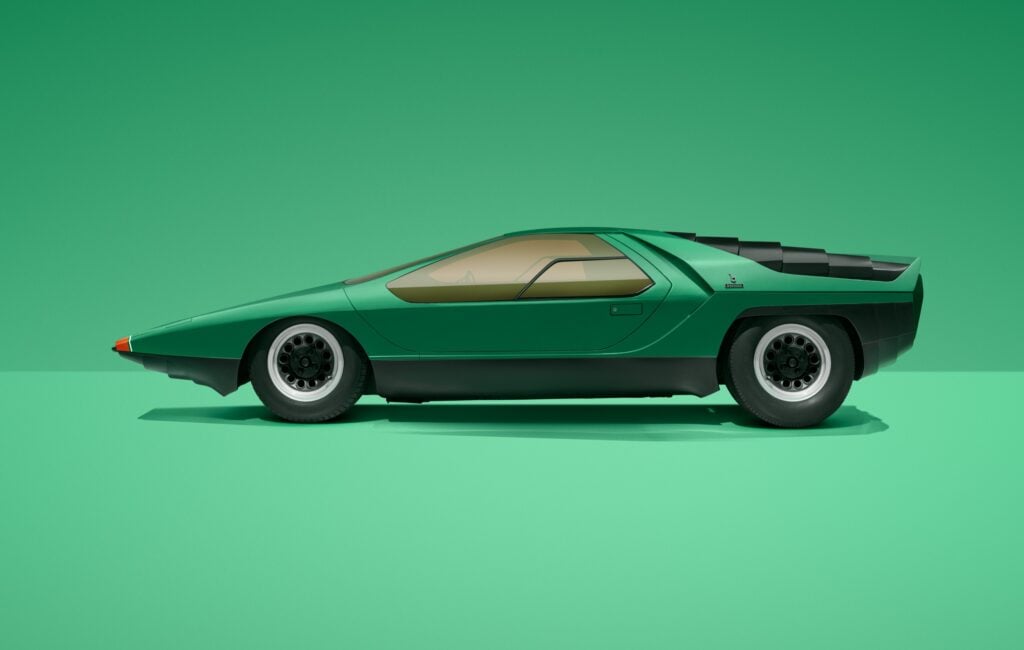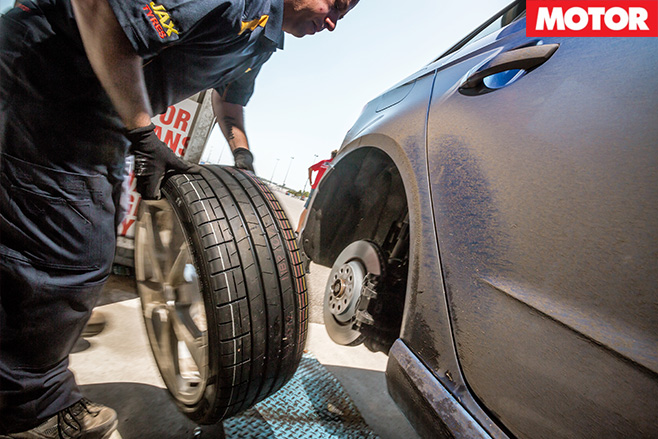“Either you’re here, or you’re not!” Federal treasurer Joe Hockey may have pulled the trigger with his fiery dare to GM Holden in December 2013, but the seeds of the destruction of the Australian automotive industry were sown in mid-1991 when the shadow minister for industry and commerce, Ian McLachlan, bluntly warned the Federal Chamber of Automotive Industries not to expect any protection if a Liberal-National Party government were elected.
McLachlan and his boss, prime minister wannabe John Hewson, were convinced that import duties and government handouts to General Motors, Ford, Toyota, Nissan, and Mitsubishi to protect and maintain their local manufacturing operations meant Australians were paying too much for their cars. Local manufacturers were “screwing consumers”, said Hewson bluntly.
It took more than 25 years, but John Hewson got his way. Pressure from successive Liberal-National Party governments to end protection for the Australian car industry ultimately persuaded the Japanese and American companies to switch from manufacturing to importing.
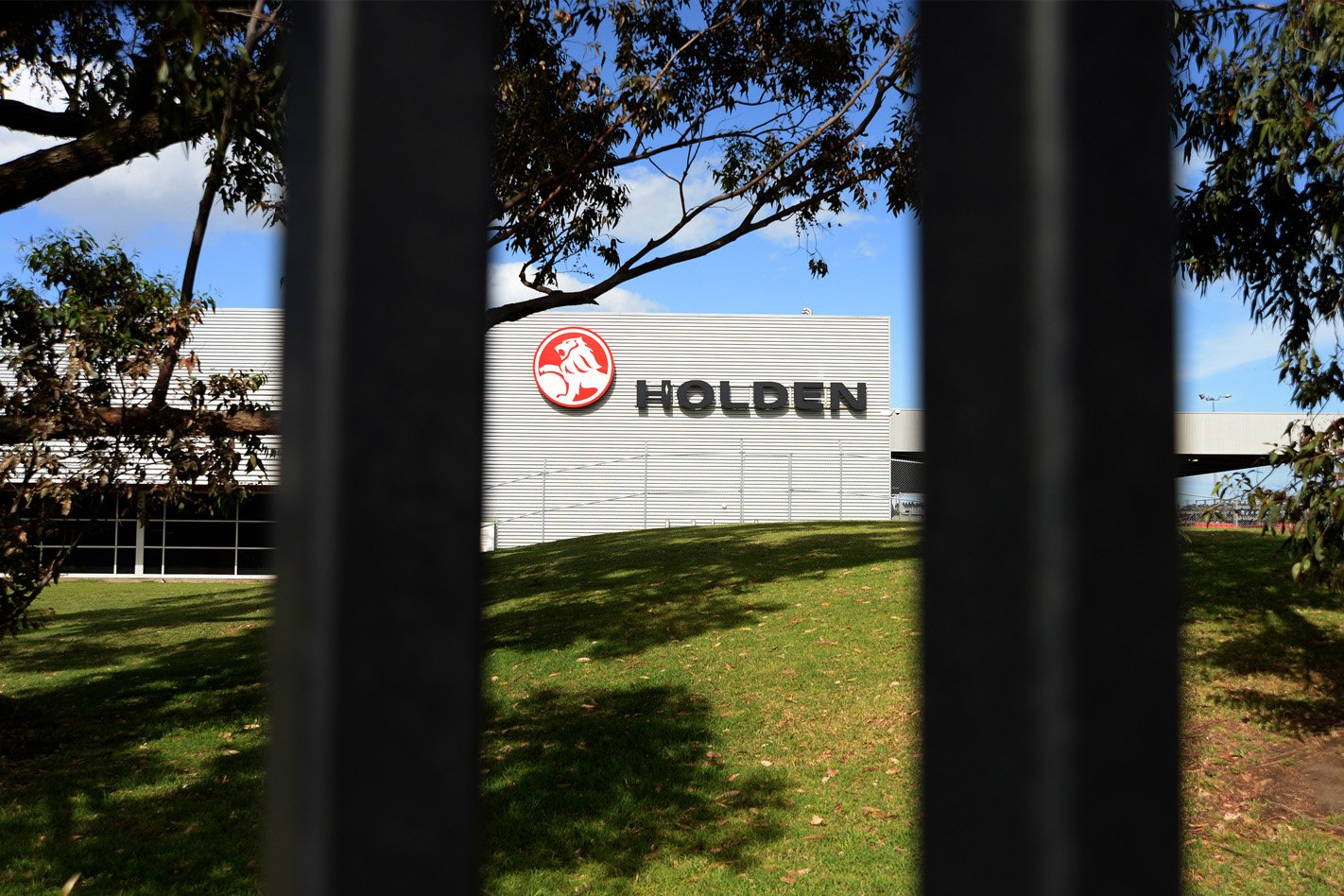
Ford shut down its Australian plant in 2016. Toyota and GM followed in 2017. Nissan and Mitsubishi were already long gone.
Are our cars cheaper now?
For a story in the November 1992 issue of Wheels, I compared the Australian prices of the Honda Civic, Mazda 626, BMW 318i, Saab 9000 CS Turbo, Lexus LS400, and Mercedes-Benz 600SEL with their prices in the US, Germany, and the UK. To compensate for variances in exchange rates and tax rates, the affordability of the cars was expressed in the number of weeks of average weekly earnings required by consumers in each of those countries to buy them.
I found that Australians indeed had to work longer than their overseas counterparts to afford any one of those six cars – 40 percent longer than the Americans to buy a Civic, for example, 72 percent longer than the Germans to get the BMW, and 86 percent longer than the Brits to acquire the big Benz.
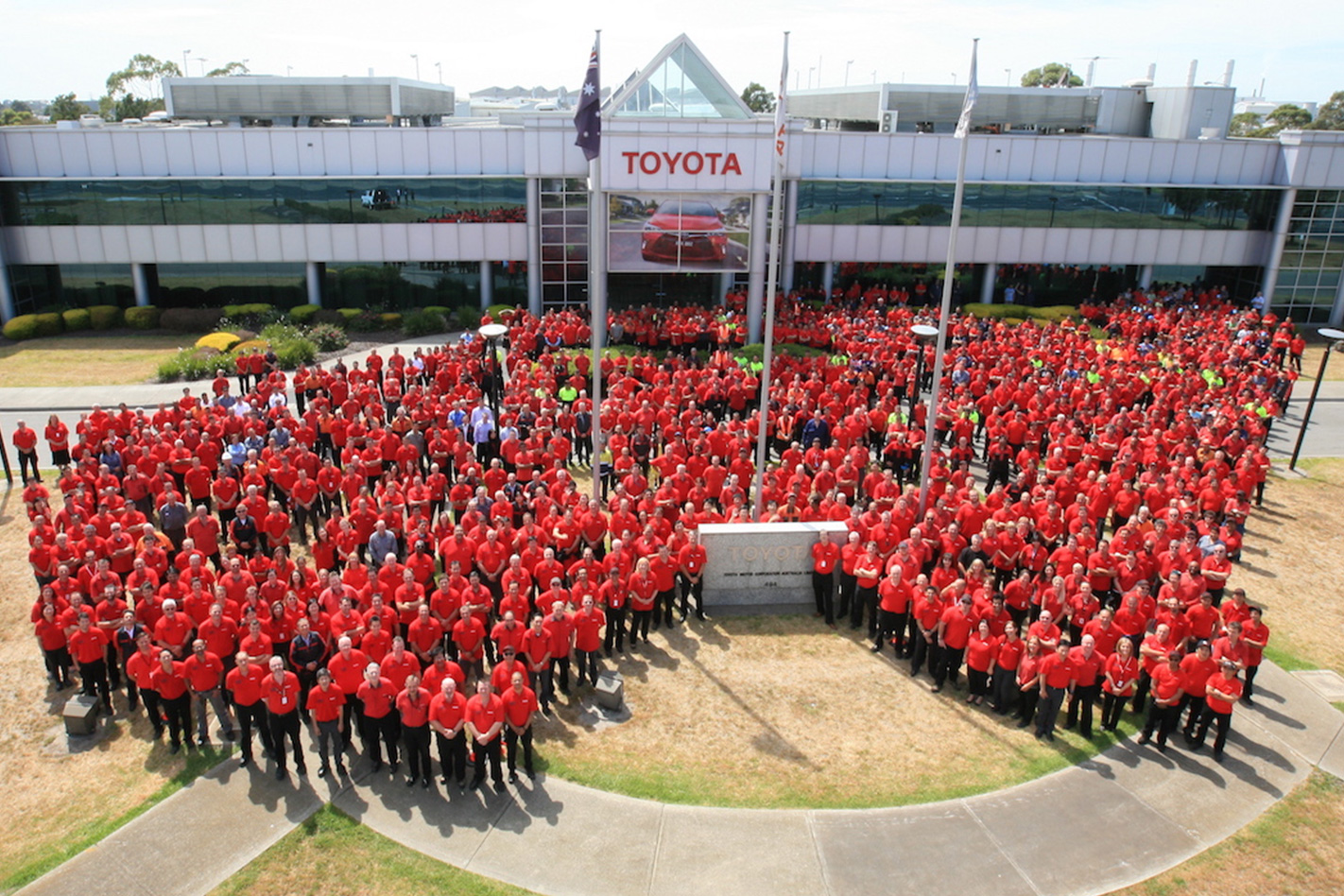
The picture looks quite different today. Price-checking the 2021 Honda Civic hatch, Toyota RAV4, VW Golf GTI, BMW 330i, Tesla Model 3, and Porsche 911 Carrera with identical models sold in the same three markets today shows that in almost every case, in terms of average weekly earnings (based on 2020 OECD statistics) only the Americans get a better deal than we do.
But that’s not the full story.
One of the knocks against the Australian car industry 30 years ago was that cars designed, engineered, and manufactured here were expensive, and crude and old-fashioned, compared with mainstream family vehicles made elsewhere.
To check, I had compared the price of a Ford Falcon GLi with similar American-, German- and British-made cars. It took, I calculated, 45.1 weeks of toil for the average Aussie to get behind the wheel of the Falcon compared with the 42.7 weeks an American needed to work to afford a Ford Taurus L.
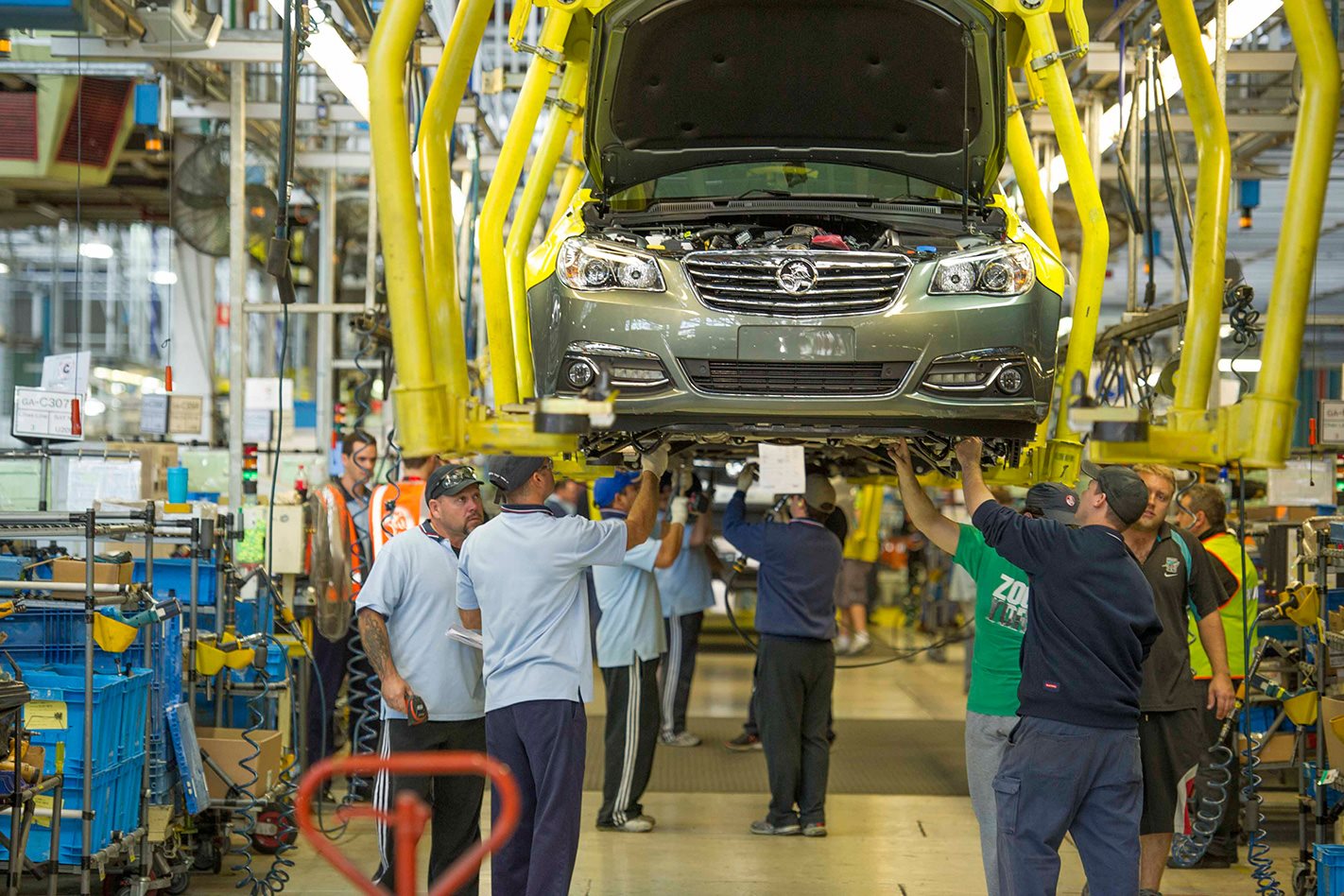
The Germans, meanwhile, needed to work 49 weeks for an Opel Omega GL, while the Brits sweated for 56.8 weeks to get into a Ford Scorpio GLX.
Like for like, Australian cars were surprisingly good value. Crude and old-fashioned? Maybe. But now I’m not sure it mattered.
You see, Australia’s best-selling vehicle today is in many ways an even more archaic machine than that old Falcon ever was. The Toyota Hilux SR5 Double-Cab 4×4 pickup has a chassis whose basic design hasn’t changed in decades and a rear suspension set-up last used on an Australian sedan in 1982. It has just 2kW more under the bonnet than the Ford had, and is more than a second slower to 100km/h. What’s more, it takes 42.9 weeks for the average Australian to earn enough to buy one.
Progress? Not really.
We recommend
-
 Features
FeaturesBack in the Carr game: reflecting on Australia's automotive industry
Former minister wants Australia’s automotive industry to have a future.
-
 Features
FeaturesOpinion: Can we bring back our manufacturing industry?
Australia's manufacturers don't need to look far for the solution, we just need to export a problem
-
 Features
FeaturesOpinion: The most terrible jobs in the motoring industry
It's all not glitz and glam when it comes to the business of cars




